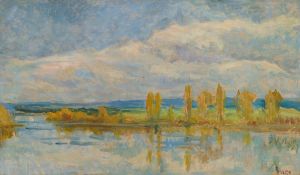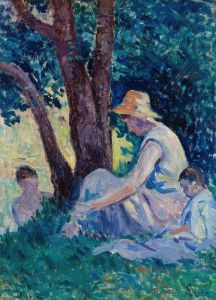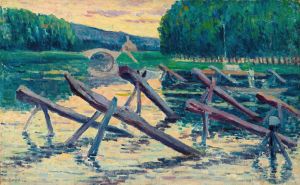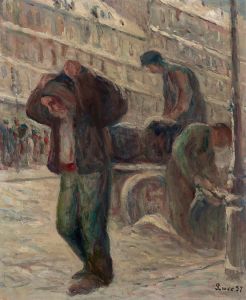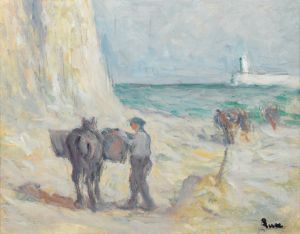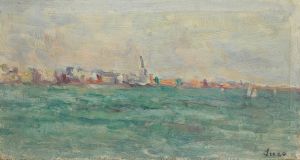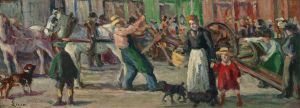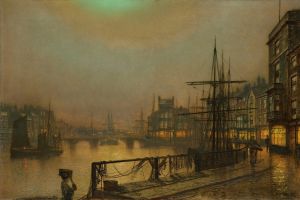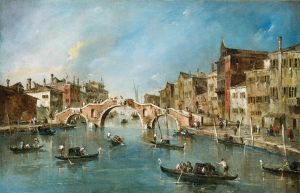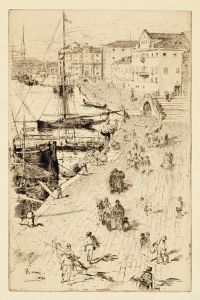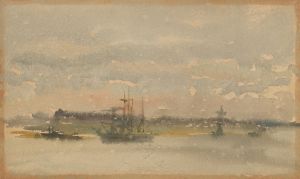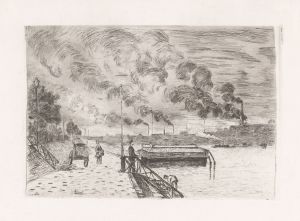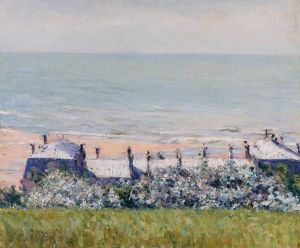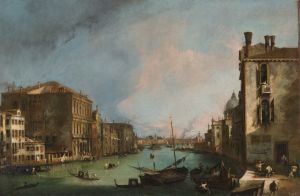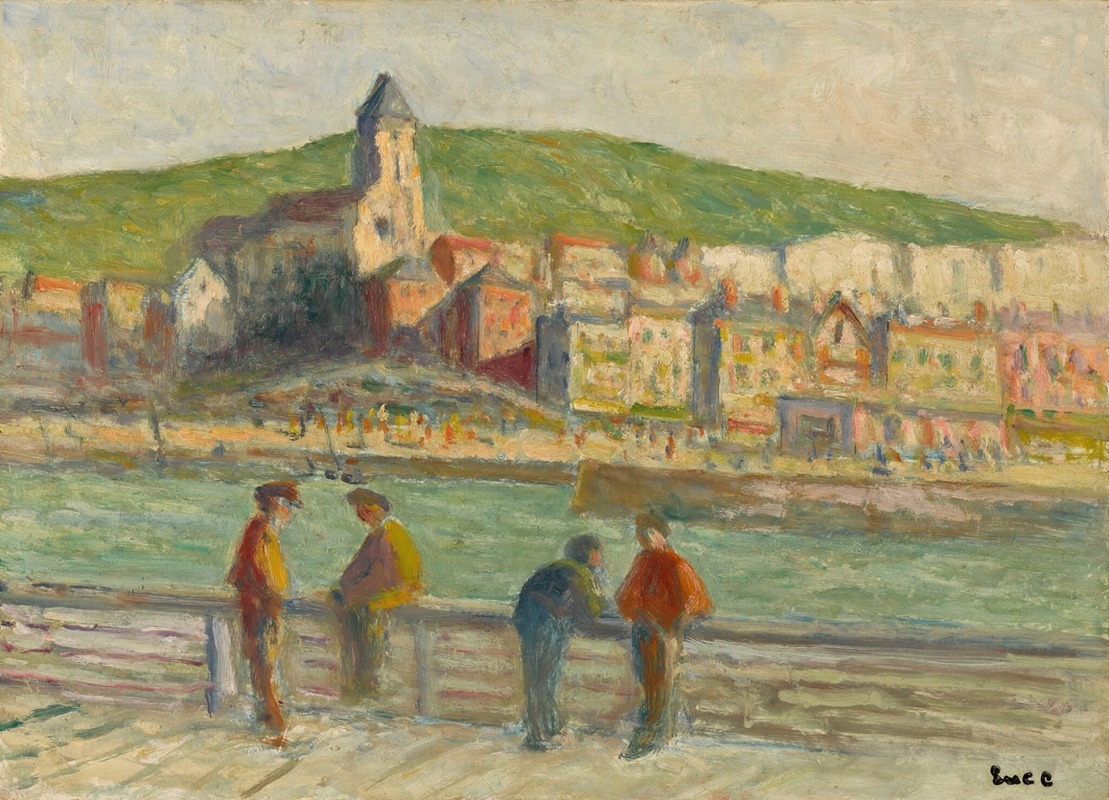
Le treport, sur le quai
A hand-painted replica of Maximilien Luce’s masterpiece Le treport, sur le quai, meticulously crafted by professional artists to capture the true essence of the original. Each piece is created with museum-quality canvas and rare mineral pigments, carefully painted by experienced artists with delicate brushstrokes and rich, layered colors to perfectly recreate the texture of the original artwork. Unlike machine-printed reproductions, this hand-painted version brings the painting to life, infused with the artist’s emotions and skill in every stroke. Whether for personal collection or home decoration, it instantly elevates the artistic atmosphere of any space.
Maximilien Luce was a French Neo-Impressionist artist known for his paintings, illustrations, and engravings. Born in Paris in 1858, Luce became associated with the Neo-Impressionist movement, which was characterized by the use of pointillism—a technique involving the application of small, distinct dots of color to form an image. Luce's work often depicted scenes of everyday life, landscapes, and urban environments, reflecting his interest in social issues and the human condition.
"Le Tréport, sur le quai" is one of Luce's notable works, capturing the essence of the port town of Le Tréport, located in the Normandy region of France. This painting exemplifies Luce's skillful use of color and light, as well as his ability to convey the atmosphere of a specific location. Le Tréport, known for its picturesque cliffs and bustling harbor, provided a rich source of inspiration for many artists during the late 19th and early 20th centuries.
In "Le Tréport, sur le quai," Luce employs the Neo-Impressionist technique to depict the vibrant life along the quay. The painting showcases the dynamic interplay of light and shadow, a hallmark of Luce's style. The use of pointillism allows Luce to capture the shimmering effects of sunlight on the water and the lively activity of the port. The composition is carefully structured, guiding the viewer's eye through the scene and highlighting the various elements of the bustling harbor.
Luce's choice of subject matter reflects his interest in the daily lives of ordinary people and the environments they inhabit. The painting portrays a slice of life at the port, with figures engaged in various activities, such as loading and unloading goods, interacting with one another, and going about their daily routines. This focus on the human element is a recurring theme in Luce's work, underscoring his commitment to depicting the realities of contemporary life.
The painting also demonstrates Luce's mastery of color. He uses a palette of vibrant hues to convey the energy and vitality of the scene. The careful placement of colors creates a sense of movement and depth, drawing the viewer into the world of the painting. Luce's attention to detail and his ability to capture the nuances of light and color make "Le Tréport, sur le quai" a compelling example of Neo-Impressionist art.
Maximilien Luce's contributions to the Neo-Impressionist movement were significant, and his works continue to be celebrated for their technical skill and emotional depth. "Le Tréport, sur le quai" stands as a testament to Luce's artistic vision and his ability to capture the essence of a moment in time. Through his use of pointillism and his focus on everyday scenes, Luce offers a unique perspective on the world, inviting viewers to appreciate the beauty and complexity of the environments he portrays.
Today, Luce's works are held in various public and private collections, and his paintings, including "Le Tréport, sur le quai," are appreciated for their historical significance and artistic merit. As an artist who bridged the gap between Impressionism and the emerging modern art movements of the 20th century, Luce remains an important figure in the history of art, and his paintings continue to inspire and captivate audiences worldwide.





